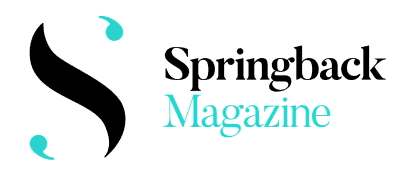As a mentor at Springback Academy and editor of Springback Magazine, I find that certain issues come up again and again. This series of four short texts on the theme of ‘critical distances’, illustrates some of them. In this first instalment, I take a look at navigating editorial dependence and independence. The following three texts are from Springback writers: performer Dom Czapski, on writing about a field that you are also personally and professionally involved in; Budapest-based Lena Megyeri, on critical distances between eastern and western European writers; finally, Kaliane Bradley, whose debut novel The Ministry of Time is soon to be serialised for BBC television, recalls the doubts and pleasures of writing about a field as an outsider to it.
*
Recently, a choreographer-performer contacted me, in my role as editor of Springback Magazine, and offered to pay for a writer of my choice to review his most recent work. I heard his siren appeal – paid work without touching my editorial budget! – and replied: sorry, that would clearly be crossing a line.
But what about not crossing the line? This is a murkier zone not of lines, but of cross-currents. What if it had been a venue or festival paying for reviews of artists they represent, or a PR agency for reviews of their clients? Hmm, I think that’s a line. What if the review was sort of folded into more of an interview? Less distinct now. What if they covered travel and accommodation, and the editor handled the writing and publication costs? Well, I’ve done that often enough (it’s called a press trip) though the route is easier to navigate for interviews and previews than for reviews. What if the theatre or festival were advertising in the magazine that publishes the review? Oh dear, that could get awkward, so perhaps it’s safer to avoid reviews and stick with interviews, previews and suchlike. What about accepting interval drinks? Okay, you got me there. What if the venue, festival or PR agency gave review tickets to you, plus a guest? I’d say thank you for the +1. What if the only thing they gave you was your ticket? Frankly, I would expect no less.
I seem to have arrived at another line I wouldn’t want to cross – but in getting here I have traversed a smudgy sea of grey. This, basically, is the zone of press relations, in which various parties need each other, but come with different, sometimes conflicting agendas. And so we chug along in the churn between what is right, whose interests are being served, what gets attached to relationships, and what gets attached to money. Choppy waters!








